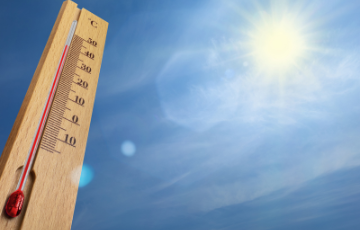Cold temperatures and storm conditions can impact the health of at-risk community members. If you experience any of the symptoms below seek medical attention immediately or call 911.
Trenchfoot: a non-freezing cold injury due to continuous exposure to cold and wet, resulting in tingling, itching, burning or blistered feet that are prone to infection and require medical attention.
Frostbite: occurs when exposed ears, fingers, toes or cheeks begin to freeze and results in tingling, stinging or aching followed by numbness and change in skin texture (firm, waxy, white, gray or yellow in color). Frostbite should be evaluated by a medical professional.
Hypothermia: occurs when body heat is lost faster than it can be replaced. It can occur quickly during cold, wind, rain or sudden immersion, and can lead to unconsciousness and death if heat loss isn’t stopped. It can also occur more gradually in homes kept below 18°C, especially in older adults. Early symptoms include shivering (in adults and older children); clumsy movements; apathy (lack of concern); poor judgment; and cold, pale, or blue-grey skin. Hypothermia is a medical emergency; seek treatment immediately.
Cold-related injuries and how to respond.
Unsheltered people who camp may be vulnerable to rapidly rising flood waters, collapsing banks or windfall from damaged or drought-weakened trees. They are also at risk of fire, burns and carbon monoxide poisoning when using fuel-burning devices to heat enclosures. Risks can be reduced with designated outdoor camping areas that feature basic services.




